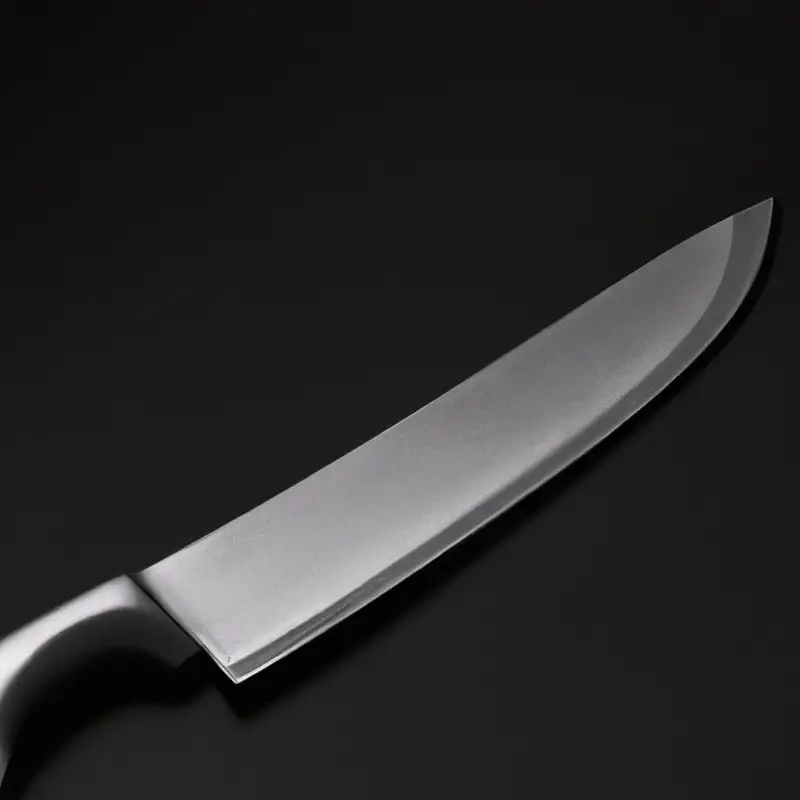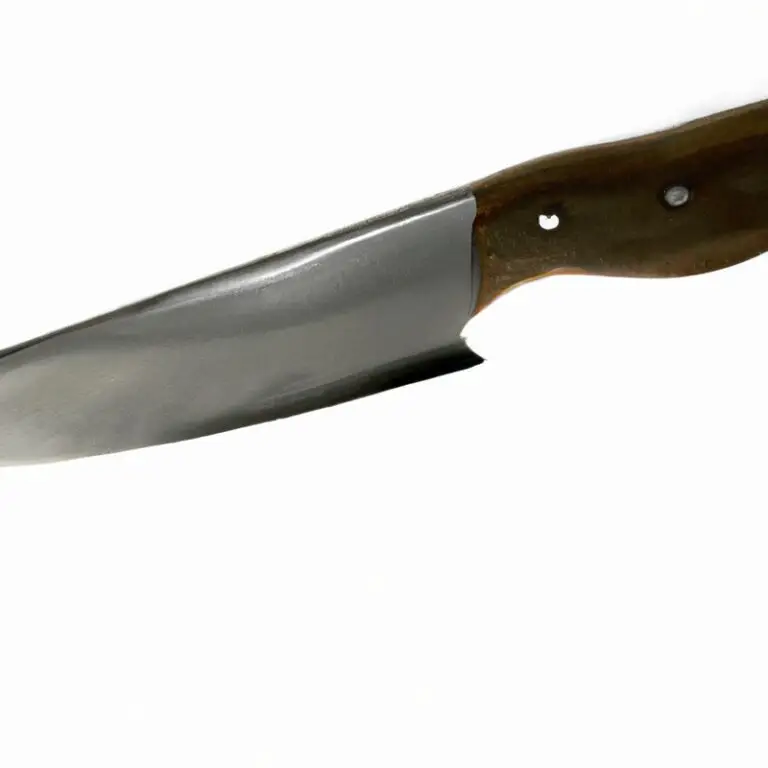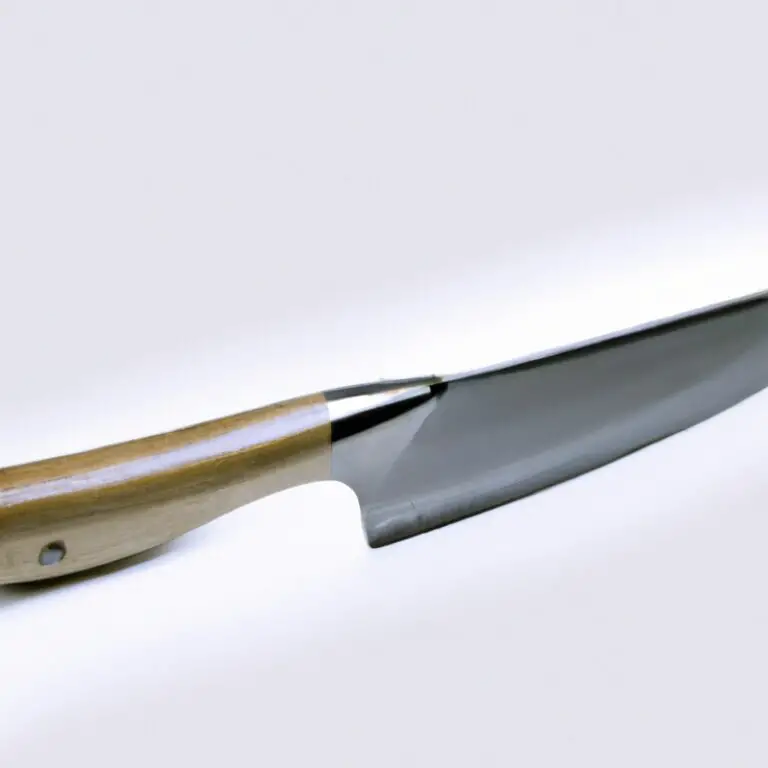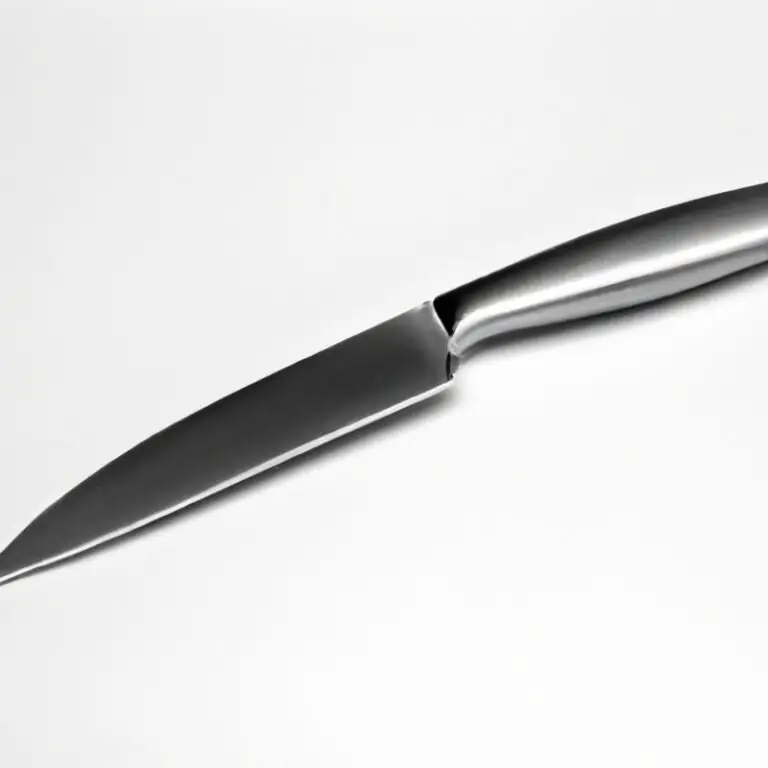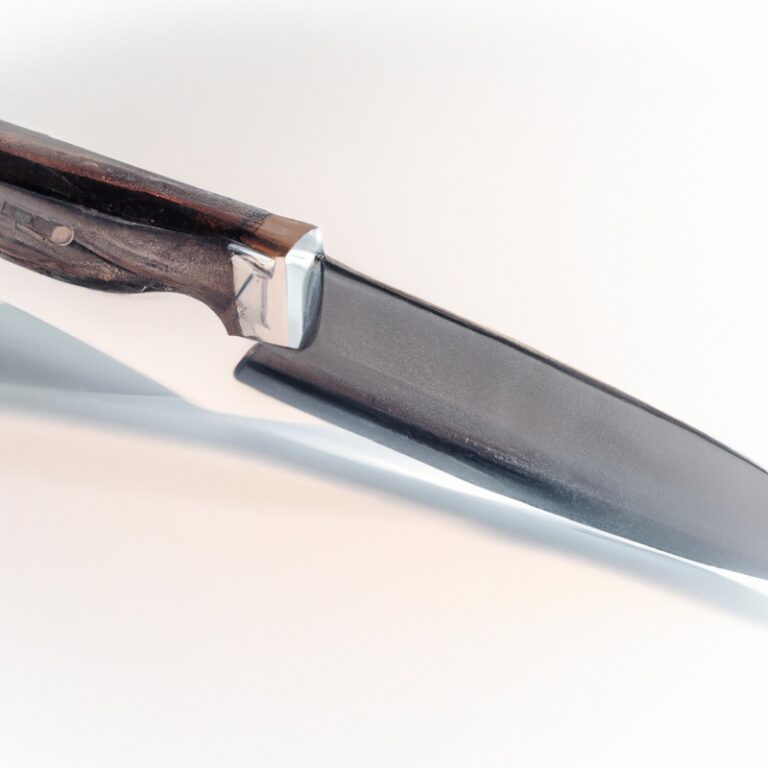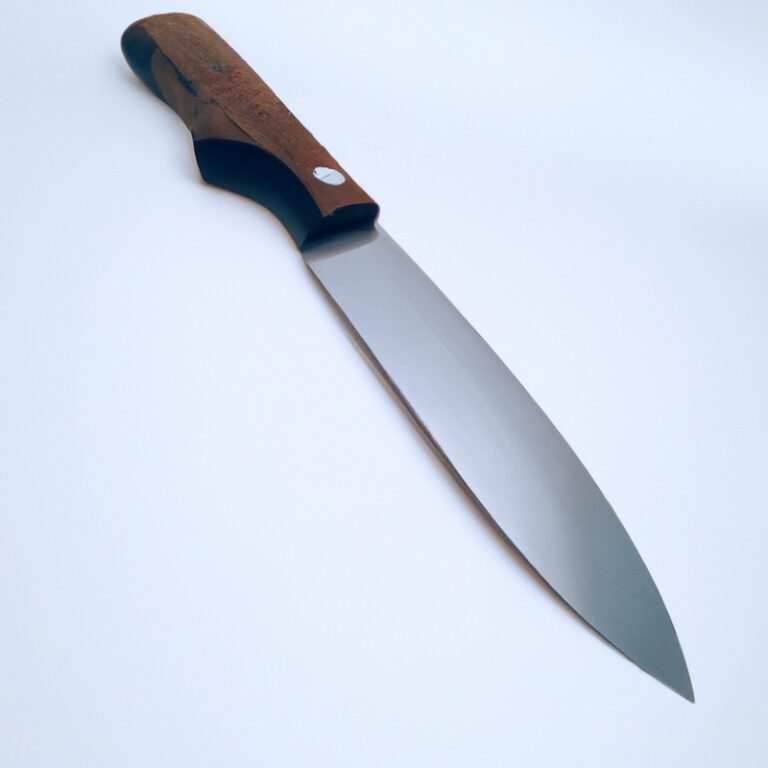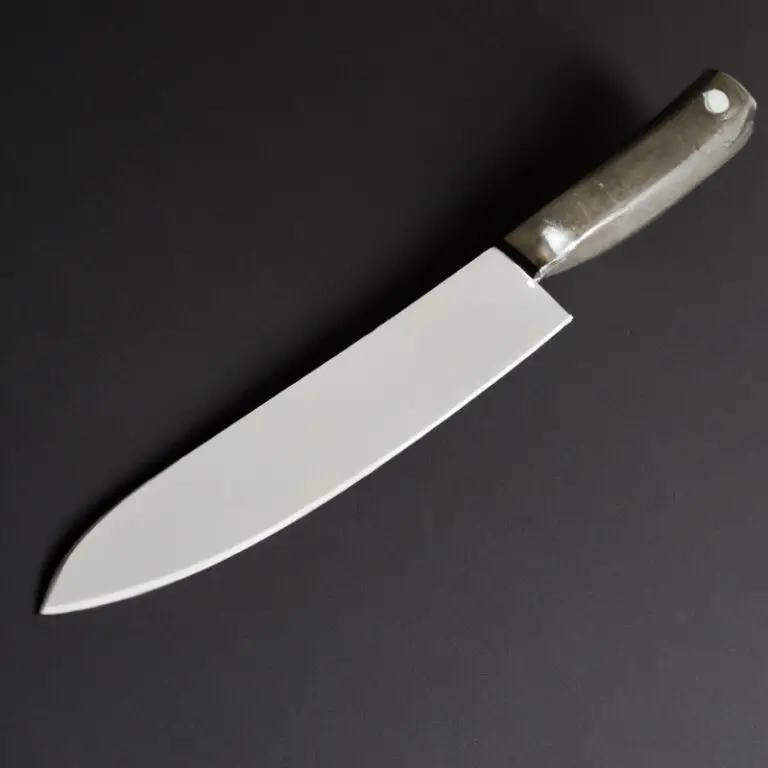How Does Knife Steel Influence Blade Retention For Heavy Chopping?
Key Takeaways:
- Knife steel with higher Rockwell hardness results in better blade retention during heavy chopping.
- The blade material’s composition and alloy elements significantly impact blade retention for heavy chopping.
- Proper heat treatment and quenching methods enhance the blade’s resistance to wear and improve retention.
- Blade geometry and grind also play a role in blade retention, in addition to the steel used.
Are you tired of your kitchen knives losing their sharpness after just a few heavy chopping sessions?
If so, you’re not alone.
Blade retention is a crucial factor when it comes to heavy chopping tasks.
But have you ever wondered how knife steel influences blade retention?
Well, you’ve come to the right place.
As an expert in knife aficionados, I’m here to shed light on this topic.
In this article, we’ll explore the factors affecting blade retention, the different types of knife steel best suited for heavy chopping, as well as tips and tricks to maximize blade retention.
Get ready to chop like a pro!
| Edge Retention | Toughness | |
| High Carbon Steel | Excellent | Low |
| Stainless Steel | Good | High |
| Tool Steel | Excellent | High |
Understanding Blade Retention
What is Blade Retention?
Blade retention refers to a knife’s ability to maintain its sharpness over time and through heavy use.
It is a measure of how well the blade holds its edge, preventing it from becoming dull or chipped.
Factors such as the type of steel, hardness rating, and blade geometry can all influence blade retention.
A high-quality knife with good blade retention will require less frequent sharpening, making it ideal for heavy chopping tasks.
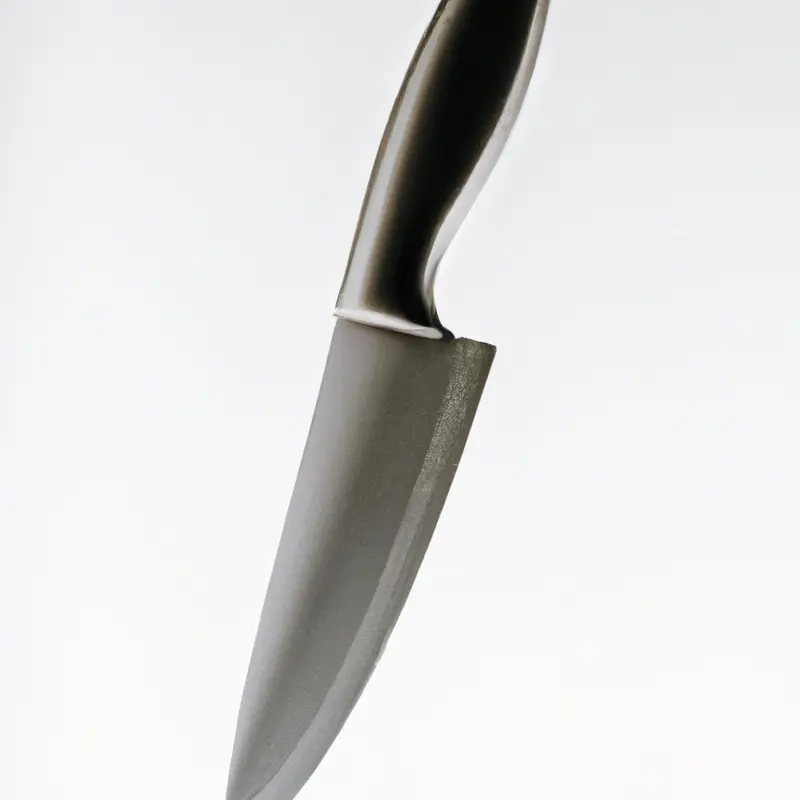
Why is Blade Retention Important for Heavy Chopping?
Blade retention is crucial for heavy chopping because it determines how well the knife’s edge withstands the impact and force of chopping.
If a knife has poor blade retention, it will quickly dull or chip, leading to a less effective and efficient cutting experience.
By ensuring good blade retention, the knife remains sharp for longer periods, reducing the need for frequent sharpening and improving the overall performance and longevity of the knife.
When heavy chopping, it’s important to have a knife with excellent blade retention to handle the demanding tasks effectively.
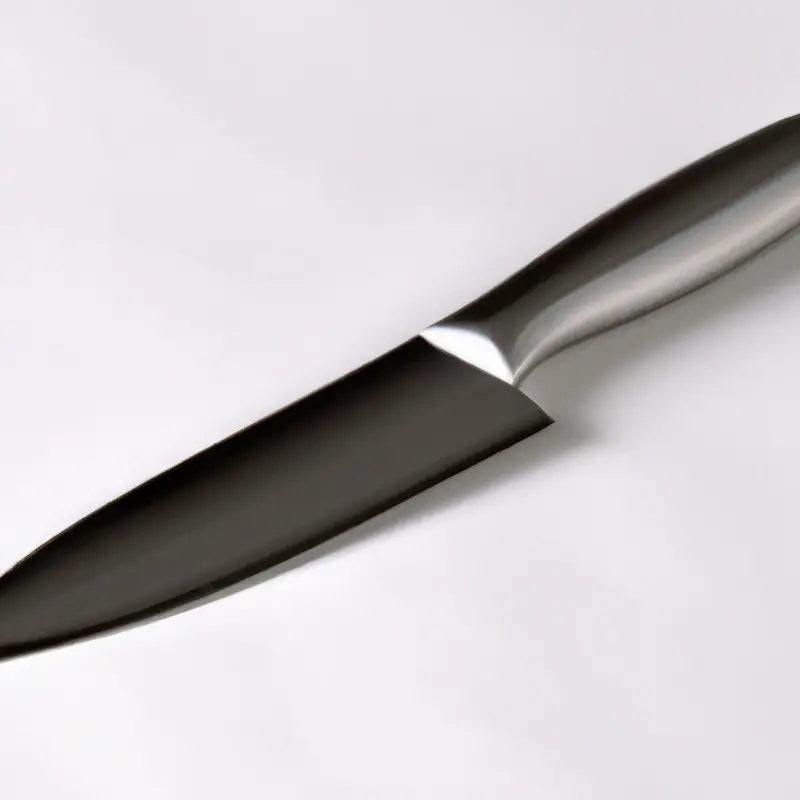
Factors Affecting Blade Retention
Knife Steel Composition
When it comes to blade retention for heavy chopping, the composition of the knife steel plays a significant role.
Different types of steel alloys offer different levels of hardness, durability, and resistance to wear.
High carbon steel is known for its excellent edge retention, but it requires regular maintenance to prevent rust.
Stainless steel offers better corrosion resistance but may not hold its edge as long as high carbon steel.
Tool steel is another option with high toughness and resistance to wear.
Ultimately, the choice of knife steel composition depends on personal preference, budget, and the specific chopping tasks at hand.
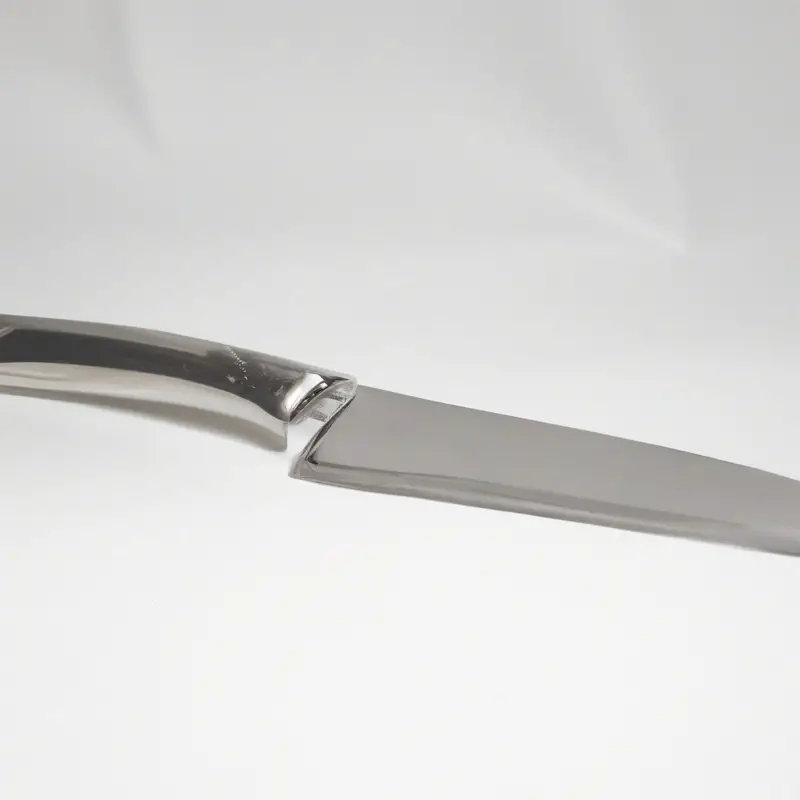
Rockwell Hardness Rating
The Rockwell Hardness Rating is a measure of how hard a knife’s blade steel is.
It determines the blade’s ability to resist deformation and maintain its edge during heavy chopping tasks.
The higher the Rockwell Hardness Rating, the more durable the blade will be.
A rating of around 55-60 HRC is considered ideal for heavy chopping, as it strikes a balance between hardness and toughness.
However, extremely high hardness can also make a blade more prone to chipping or breakage.
So, it’s important to choose a blade that matches your chopping needs and takes into account the material hardness along with other factors like blade geometry and thickness.
Blade Geometry and Thickness
Blade geometry and thickness play a significant role in blade retention for heavy chopping. The shape and thickness of the blade determine how well it can withstand the forces exerted during chopping.
A thicker and convex blade is generally more durable and less prone to chipping.
On the other hand, a thinner blade with a flat grind allows for better slicing performance but may require more maintenance. It’s important to choose a blade geometry and thickness that suits your chopping needs and preferences.
Different Types of Knife Steel for Heavy Chopping
High Carbon Steel
High carbon steel is a popular choice for heavy chopping tasks.
It is known for its excellent strength, durability, and edge retention.
The high carbon content in this type of steel increases its hardness, making it less prone to chipping or bending during heavy use.
Additionally, high carbon steel can be sharpened to a very fine edge, allowing for precise and efficient chopping.
However, it is important to note that high carbon steel requires regular maintenance to prevent rusting, and it may be more susceptible to corrosion compared to other types of knife steel.
Stainless Steel
Stainless steel is a popular choice for knife blades due to its corrosion resistance and durability.
It is a type of steel alloy that contains a minimum of 10.5% chromium, which forms a protective layer on the surface of the blade, preventing rusting and staining.
Stainless steel blades are easy to maintain and are less prone to discoloration compared to other types of steel.
However, they may not be as hard as high carbon or tool steel, which can affect edge retention and sharpening.
It’s important to consider the specific stainless steel composition and hardness rating when choosing a knife for heavy chopping tasks.
Tool Steel
Tool steel is a type of steel that is specifically designed for use in tools and cutting instruments. It is known for its high hardness, toughness, and resistance to wear and deformation.
The composition of tool steel includes elements such as carbon, chromium, vanadium, and tungsten, which enhance its overall performance.
Tool steel is commonly used in the manufacturing of knives and other cutting tools that require excellent edge retention and durability. It is a popular choice for heavy chopping tasks, as it can withstand the rigors of repetitive impact and maintain its sharpness for longer periods.
Choosing the Right Knife Steel for Heavy Chopping
Considerations for Heavy Chopping Tasks
When it comes to heavy chopping tasks, there are a few key considerations to keep in mind.
Firstly, the weight and balance of the knife is important for efficient chopping.
Look for a knife that feels comfortable and well-balanced in your hand.
Secondly, consider the blade length and width.
A longer and wider blade provides more surface area for chopping.
Thirdly, the blade material is crucial.
High carbon steel and tool steel are both excellent choices for heavy chopping, as they offer durability and edge retention.
By considering these factors, you can choose a knife that will excel at heavy chopping tasks.
Maintenance and Sharpening Requirements
Maintenance and sharpening are essential for keeping your knife in optimal condition for heavy chopping tasks.
Regular cleaning and drying after each use help prevent rust and corrosion.
Additionally, oiling the blade occasionally can further protect against moisture damage.
When it comes to sharpening, it’s crucial to use the right tools and techniques.
Honing with a sharpening steel can help maintain the blade’s edge, while sharpening stones or systems are ideal for restoring the sharpness.
Remember to follow the manufacturer’s recommendations and practice proper knife care to maximize blade retention.
Budget and Personal Preference
When considering the right knife steel for heavy chopping, your budget and personal preference play an important role. Your budget determines the types of steel available to you, as different steels have varying price points.
Stainless steel is often more affordable compared to high carbon or tool steel.
As for personal preference, some people prefer the easier maintenance and corrosion resistance of stainless steel, while others prefer the higher edge retention of high carbon or tool steel. It’s important to find the right balance between budget and personal preference to ensure you get a knife that meets your needs.
Tips for Maximizing Blade Retention
Proper Knife Techniques for Heavy Chopping
To ensure proper knife techniques for heavy chopping, some key points to remember include:
- Start with a sturdy cutting board to provide stability and prevent the blade from slipping.
- Hold the knife with a firm grip and keep your fingers curled under to avoid accidental cuts.
- Use a rocking motion while chopping, keeping the tip of the knife in contact with the cutting board.
- Let the weight of the knife do the work, applying minimal pressure to avoid damaging the blade.
- Make sure to use a sharp knife, as a dull blade can result in more effort and potential slippage.
Sharpening Techniques for Longer Blade Retention
To maximize blade retention for longer periods, it’s important to sharpen your knife properly.
Here are some sharpening techniques to keep in mind:
- Use a sharpening stone or honing rod to maintain a sharp edge.
- Find the correct angle for your blade and maintain it consistently during sharpening.
- Start with a coarse grit and gradually move to finer grits for a polished edge.
- Take your time and apply even pressure while sharpening to avoid uneven edges.
- Test the sharpness regularly by gently sliding your finger across the blade (be careful!.
Remember, regular sharpening and proper technique will help your knife stay sharp and retain its blade for heavy chopping tasks.
Keep in mind the specific maintenance and care requirements for the type of steel your knife is made of.
Final Verdict
Understanding how knife steel influences blade retention is crucial for achieving optimal performance in heavy chopping tasks.
Factors such as steel composition, hardness rating, and blade geometry all play a role in determining a knife’s ability to retain its edge.
When choosing the right knife steel, considerations such as maintenance requirements, budget, and personal preference must be taken into account.
By practicing proper knife techniques, regular maintenance, and employing effective sharpening techniques, you can maximize blade retention for a longer-lasting, reliable cutting tool.
Remember, investing in high-quality knife steel is an investment in both performance and longevity.

